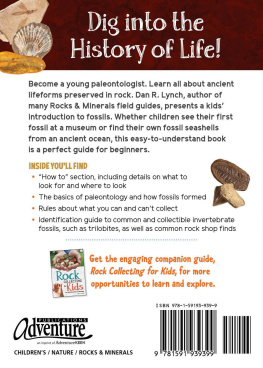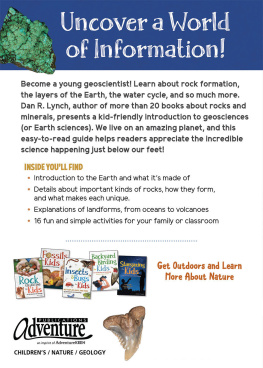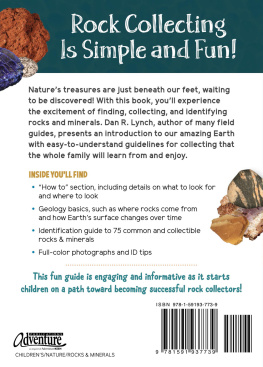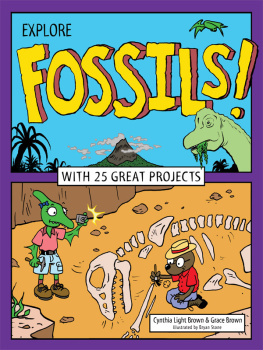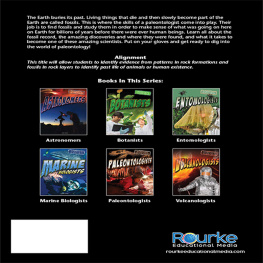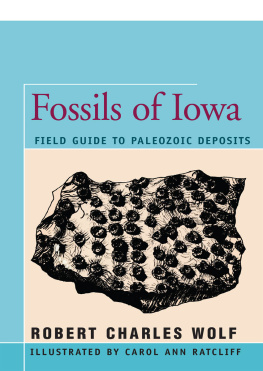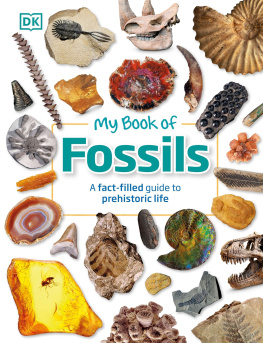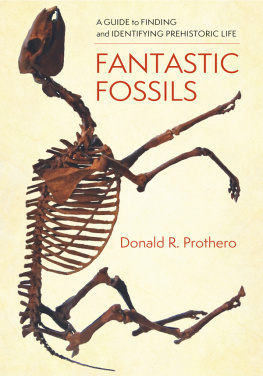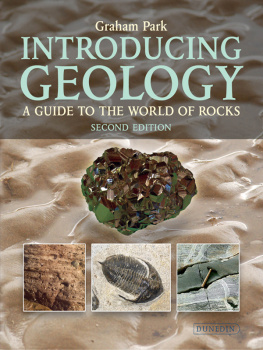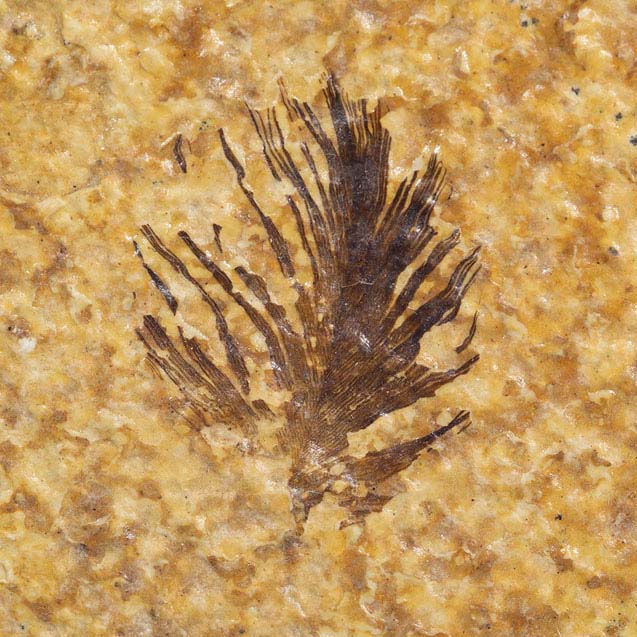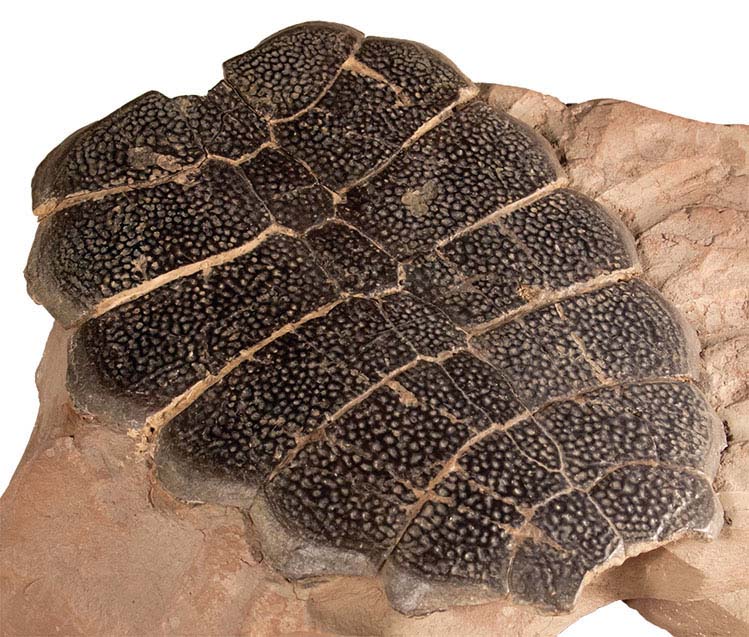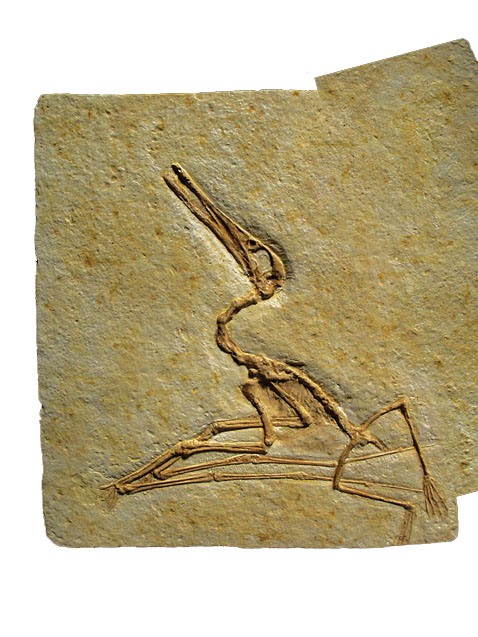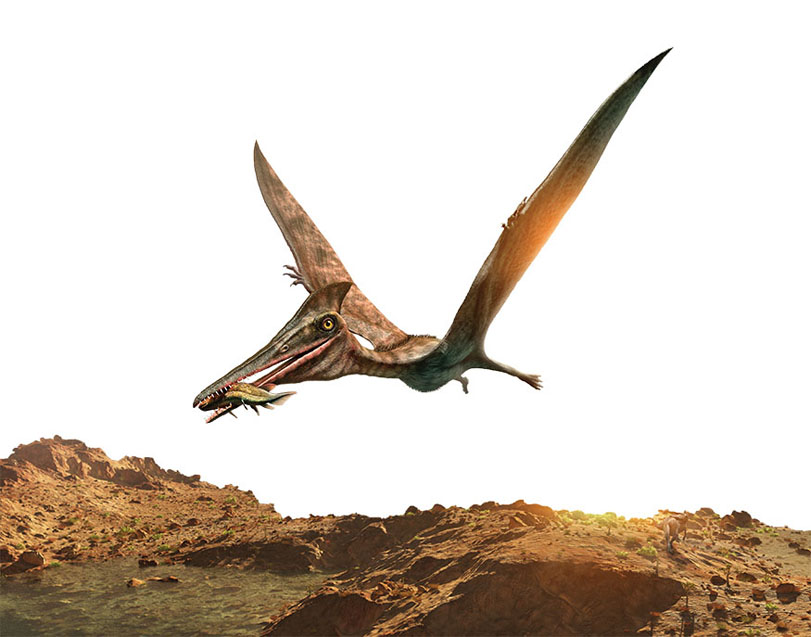Dan R. Lynch - Fossils for Kids: An Introduction to Paleontology
Here you can read online Dan R. Lynch - Fossils for Kids: An Introduction to Paleontology full text of the book (entire story) in english for free. Download pdf and epub, get meaning, cover and reviews about this ebook. year: 2020, publisher: Adventure Publications, genre: Children. Description of the work, (preface) as well as reviews are available. Best literature library LitArk.com created for fans of good reading and offers a wide selection of genres:
Romance novel
Science fiction
Adventure
Detective
Science
History
Home and family
Prose
Art
Politics
Computer
Non-fiction
Religion
Business
Children
Humor
Choose a favorite category and find really read worthwhile books. Enjoy immersion in the world of imagination, feel the emotions of the characters or learn something new for yourself, make an fascinating discovery.
- Book:Fossils for Kids: An Introduction to Paleontology
- Author:
- Publisher:Adventure Publications
- Genre:
- Year:2020
- Rating:5 / 5
- Favourites:Add to favourites
- Your mark:
Fossils for Kids: An Introduction to Paleontology: summary, description and annotation
We offer to read an annotation, description, summary or preface (depends on what the author of the book "Fossils for Kids: An Introduction to Paleontology" wrote himself). If you haven't found the necessary information about the book — write in the comments, we will try to find it.
Dig into the history of life with this childrens introduction to paleontology, complete with an identification section and how to instructions.
As incredible as it sounds, fossils are all around us, waiting to be discovered. Become a young paleontologist. Learn all about ancient lifeforms preserved in rock. Dan R. Lynch, author of many Rocks & Minerals field guides, presents a kids introduction to fossils.
Begin by learning about the early Earth and the process of fossilization. Thats followed by an identification guide to the most common and collectible fossils: crinoids, snail shells, shark teeth, and more. With full-color photographs and illustrations, youll always know what to look for. A how to section includes the details your family needs to begin a successful fossil hunt.
Youll also get information on everything from rock shop fossils and rules of collecting to dinosaur fossils and more. So learn to find, identify, and even collect the petrified forms of ancient organisms. Whether children see their first fossil at a museum or find their own fossil seashells, this easy-to-understand book is a perfect guide for beginners.
Inside Youll Find
Dan R. Lynch: author's other books
Who wrote Fossils for Kids: An Introduction to Paleontology? Find out the surname, the name of the author of the book and a list of all author's works by series.

